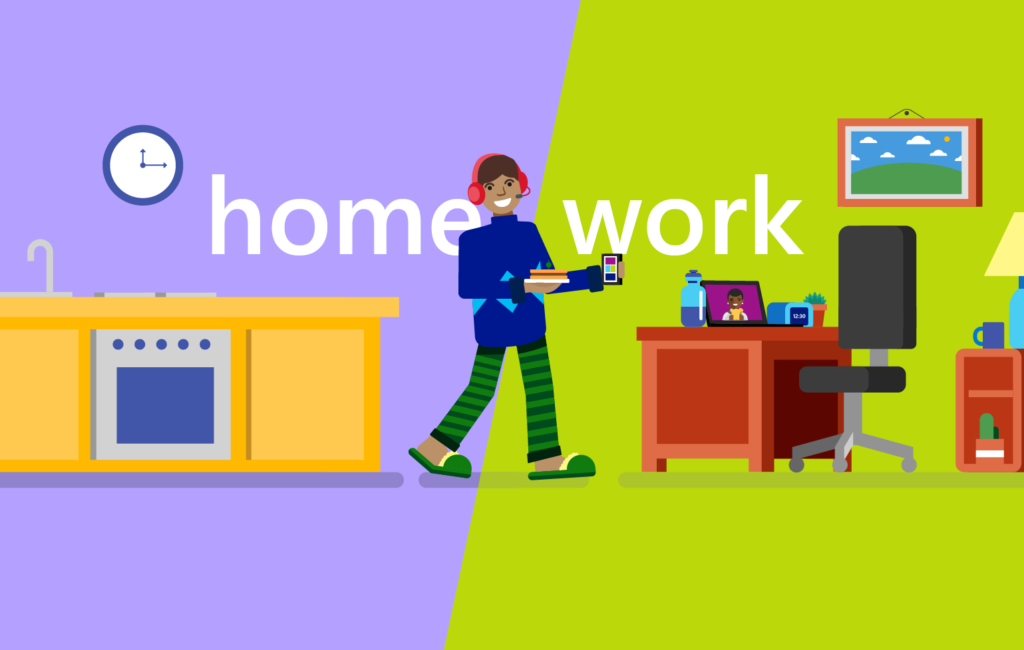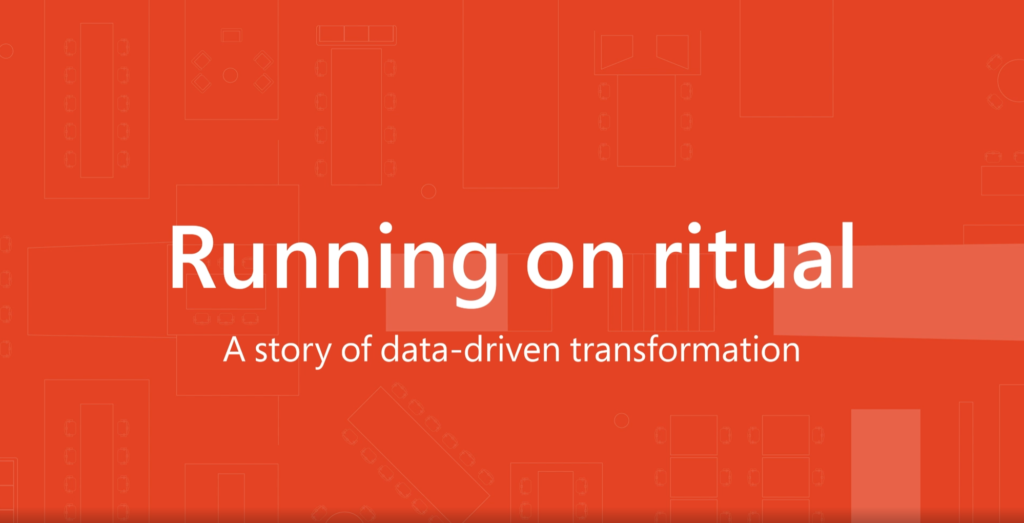
Every new employee needs an onboarding buddy
Bringing a new employee onboard is both an exciting and stressful time. And while managers play a critical role in shaping a new employees’ first weeks and months, a broader team effort can ensure the experience is both positive and productive.
Over the last few years, Microsoft has been working to improve its onboarding process. At the outset, we learned that a seemingly simple action—managers having one-on-one meetings with their new hires during their first week on the job—has outsized benefits. Through our continued research, we’ve also come to another conclusion: Onboarding buddies play an important role in ensuring a successful onboarding experience. While this may seem obvious, much like our findings on one-on-ones, it’s often missing in a new employee’s introduction to a brand new company. After piloting a buddy program involving 600 employees across the organization, we found that onboarding buddies help our hires in three key ways:
Onboarding buddies provide context
For tenured employees, the context surrounding most of their work has been so well established, it’s in the folds of every email written, every meeting attended, and every PowerPoint presented. For new hires, context is a precious commodity. Without it, a new hire will likely struggle to fully understand their role or how to contribute to their team’s success. Onboarding buddies can give the type of context you won’t find in the employee handbook. For instance, knowledgeable onboarding buddies can help new hires determine who relevant stakeholders are, how to navigate the matrix of different organizations, and think strategically when problem solving. They can also shed light on cultural norms and any unspoken rules that exist, which could lead to a much smoother transition into the organization.
Onboarding buddies boost productivity
Speed to productivity is often a concern for both the company and the new hire. By filling the position, the company satisfied the need for a certain skillset and now wants to see a quick return on its investment. Meanwhile, the new hire is likely experiencing the tension between wanting to ramp up quickly but also needing to take time to learn the job. At Microsoft, we found the more the onboarding buddy met with the new hire, the greater the new hire’s perception of their own speed to productivity: 56 percent of new hires who met with their onboarding buddy at least once in their first 90 days indicated that their buddy helped them to quickly become productive in their role. That percentage increased to 73 percent for those who met two to three times with their buddy, 86 percent for those who met four to eight times, and 97 percent for those who met more than eight times in their first 90 days. Clearly, that additional layer of support is critical to a new hire’s success.
Onboarding buddies improve new employee satisfaction
With over 120,000 employees, it’s not hard to imagine the overwhelming challenges one might face entering such a large and complex organization. In order to truly understand the value of onboarding buddies, we looked at the difference in hires who were assigned onboarding buddies versus those who were not. Our research found that after their first week on the job, new hires with buddies were 23 percent more satisfied with their overall onboarding experience compared to those without buddies. This trend continued at 90 days with a 36 percent increase in satisfaction. Those with buddies also reported receiving more active support from both their manager and the broader team.
After careful observation of our data, we decided to expand our onboarding buddy pilot program by creating an internal site for hiring managers to match new hires with an onboarding buddy, along with guidance on what makes a good match. For instance, buddies should have sufficient knowledge about the new hire’s role or the nature of the work, a strong job performance history, and the time to assist a new hire. Once matched, automated reminders were sent to the new hire, the manager and their buddy to encourage consistent engagement, particularly during the first 90 days of employment.
We still have quite a bit to learn as we continue to adapt and broaden our program, but here are some of our early insights and tips:
Reprioritize the workload. When matching a new hire with an onboarding buddy, consider the onboarding buddy’s current workload. In some cases, you may need to help reassign or deprioritize work so the buddy has time to support the needs of the new hire.
Communicate timing. Let both the new hire and the onboarding buddy know that this is a time-bound partnership. Buddies may be more likely to offer their services if the duration of the engagement is established in advance.
Reporting structures matter. Our research has shown that onboarding buddies reporting to the same manager receive more favorable ratings than those who report to different managers. Why? We think it’s because buddies who report to the same manager may also be more familiar with the new hire’s role and responsibilities. If the onboarding buddy lacks an understanding of the new hire’s role it can create frustration for both parties.
Being a buddy is mutually beneficial. It’s not just the new hire who can benefit from this relationship. Serving as an onboarding buddy provides an opportunity to demonstrate and develop managerial and leadership skills. A few years ago, we surveyed our employees to understand the attributes of a successful manager. Two of the top five attributes, communication and support, are also components for a successful buddy relationship. Additionally, teaching others can strengthen one’s own knowledge base, enabling buddies to develop a deeper level of expertise.
Ultimately, we’ve found that successful onboarding doesn’t require an overcomplicated playbook. It’s important to have a multi-dimensional onboarding plan in place, of course, but remember the most important thing a new hire needs for success is support. All it takes is a planful manager and a dedicated onboarding buddy to ensure their new hire has a positive and productive first few months on the job.







